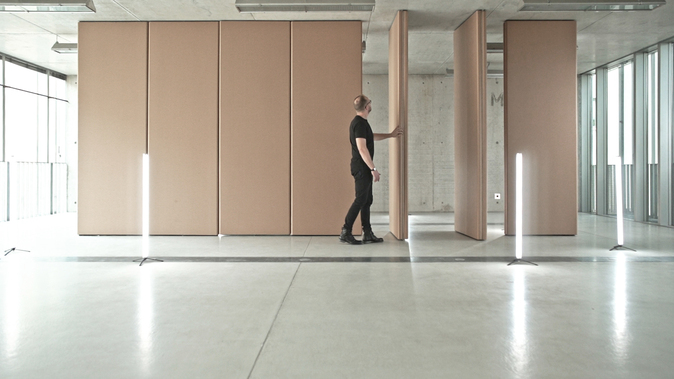In actual fact, the “out there” is a field consisting of electromagnetic radiation and a rippling admixture of invisible wavelengths. It is not a conscious model of reality. Thanks to the cognitive neurosciences we now know that the external world we experience is a mental model generated by neuronal networks, an information architecture in the brain in which billions of nerve cells firing away are connected to one another and constantly constitute new activity patterns that spawn the flow of conscious experience. Material does not exist but is first formed in the human brain into a representation of the material that can be perceived through symbolization. Material is constructed. Image, material, and object are one.
The dancing patterns created by the permanently firing neurons within the central nervous system create a complete mental model that is constantly formed, distorted, and agitated by sensory perception and cognitive processes. If we focus our attention on our thought processes we catch ourselves in the state of knowledge. You know that you know something; you think that you are thinking something. You become aware of yourself and experience the certainty of existence. At the end of childhood, you were still able to experience that. In such a state of awareness, you transcend the fundamental subject/object structure of experience, i.e., you go beyond one area and into another. Namely, into that of forming metaphors: The combination of notions where one triggers the other. Using one thing to designate another thing is symbolic transfer. Forming metaphors is in other words the process where one phenomenon is transferred from the context of its meaning into another. Poetic production is at work here.
Forming metaphors helps increase the focal length and depth of field of human perception. The expansion of the field of vision unfolds in exploring the profile of the field and the traces of the terrain through to images of the future. This goes hand in hand with gaining new semantic contexts. Thinking and acting metaphorically means grasping the customary use of material as a metaphorical image of transformation and development. To give material reality new meaning, as it has moved to the periphery of our minds owing to everyday routines, we must distance ourselves from our habits. By relieving it of use and meaning, we let material become foreign, value-free, and cold. Intuitively, temporarily the properties of an object such as its color, surface texture, and the outlines of a coherent visual model are blurred. The separation of figure and background becomes opaque, mixed up as if through a kaleidoscope. Like an infant who explores an object by turning, twisting, and throwing it, and by putting it in its mouth, or like a cat that before pouncing deliberately looks past its prey, we cast aside intention to trace the properties and behavior of the materials and ignore the rules by which the material would be played. We watch the material closely in order to find out in what direction it might develop. However, by abandoning intention we are able to spell the material out in detail. The urge to feel alive, to lead a more interesting and fulfilled life persuades us to imagine futures and devise ideas of a coming life. Conscious insights form complete mental models in tangible space — a feeling of being here. We recognize and experience how the real can be construed differently and is only one special case out of many possible ones. This means that we need to rethink the real in order to proceed onwards to possible futures. As said, by dissolving predefined functions we experience material that we had hitherto approached from a practical and less sensory angle anew, from an unknown side. Discerning the provisional status of the familiar allows for a revolutionary expansion of its properties. Precisely through decay and the transition to something new, things (and the images of them) exist within a diffuse formal order and promise both the new and something sketchy.














